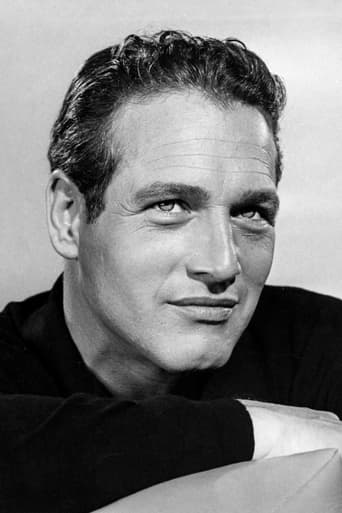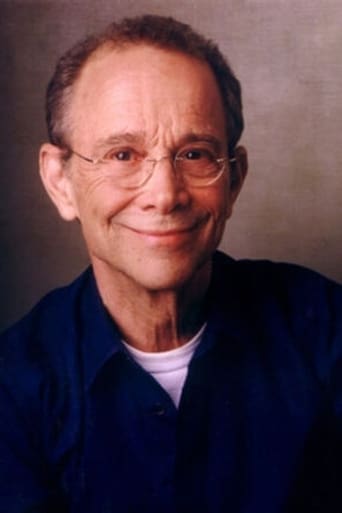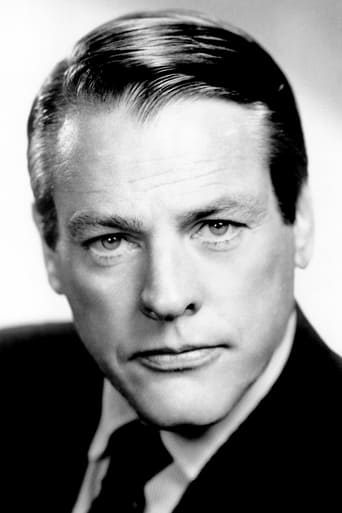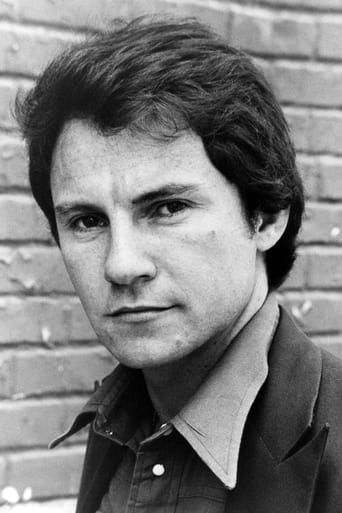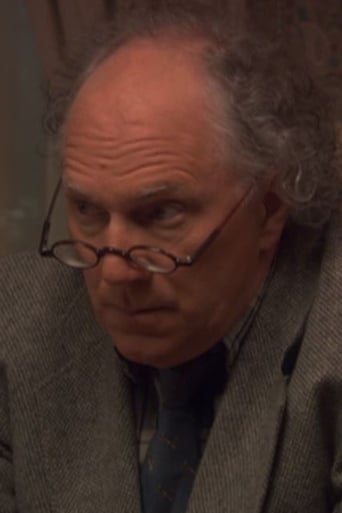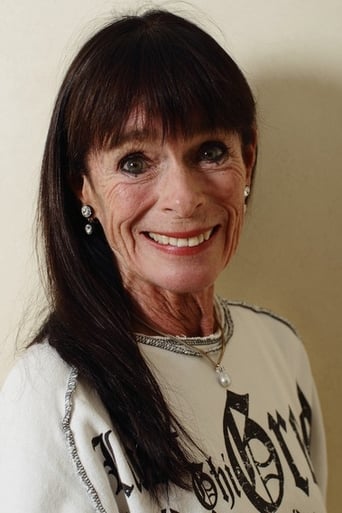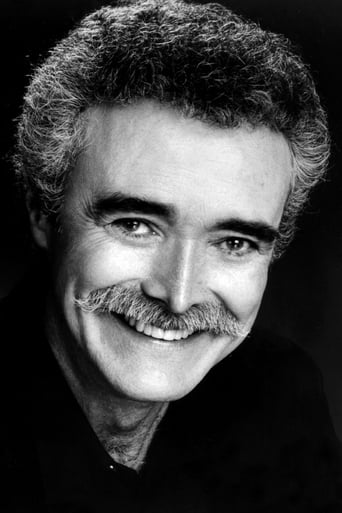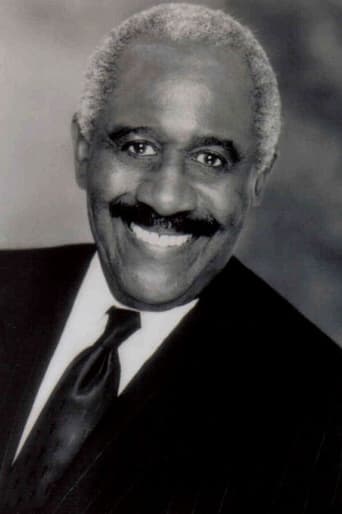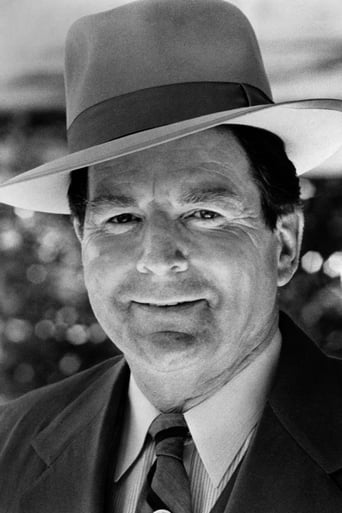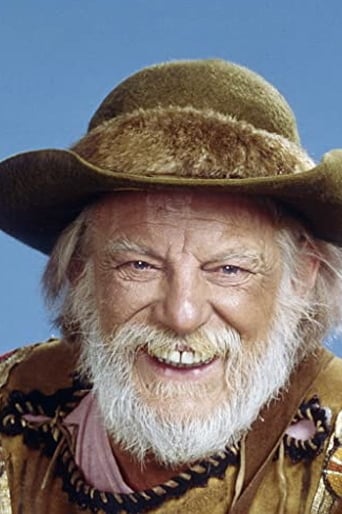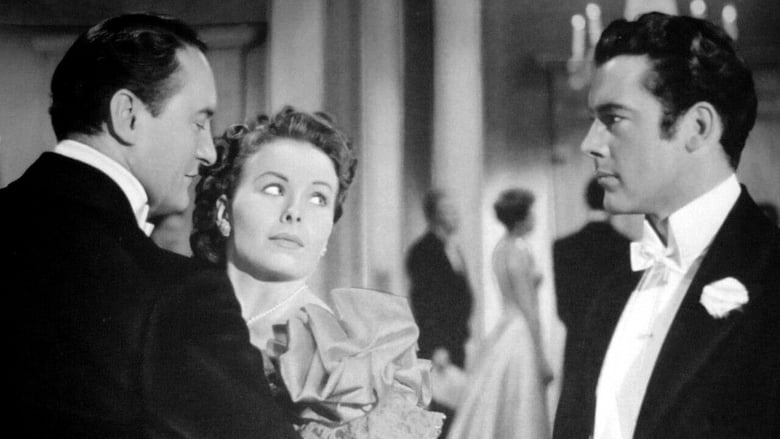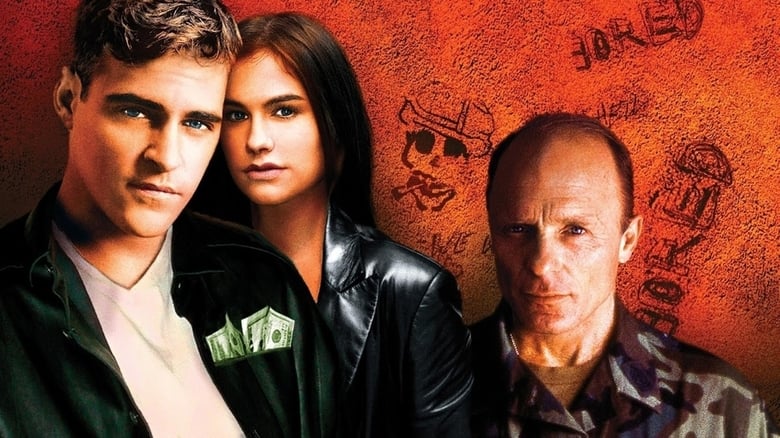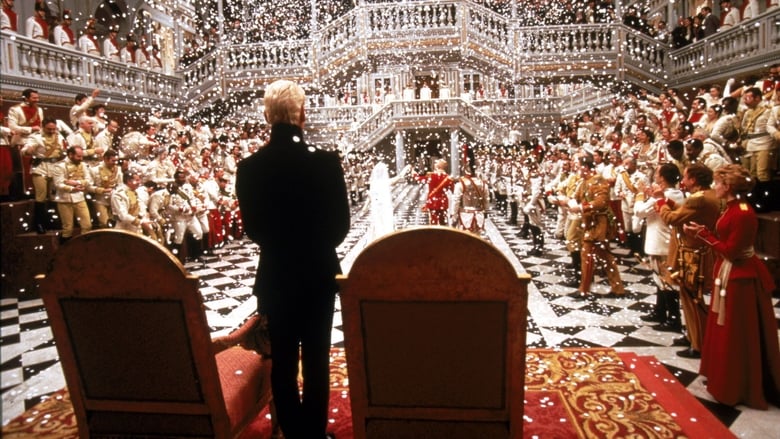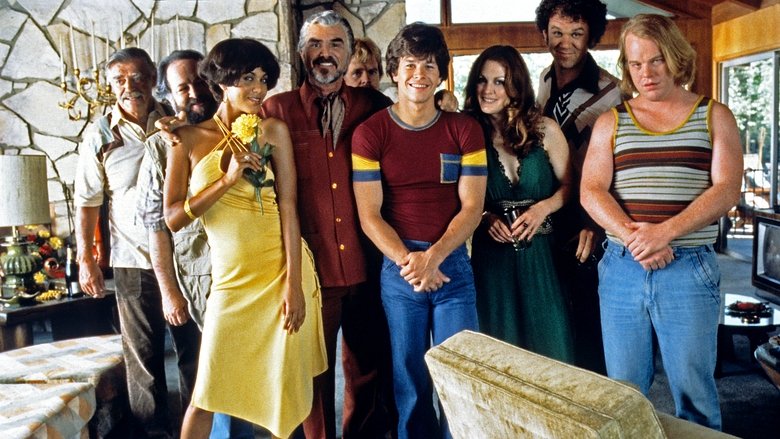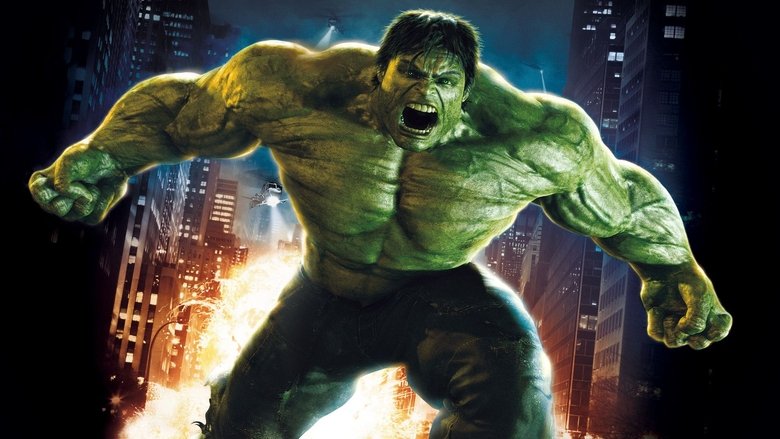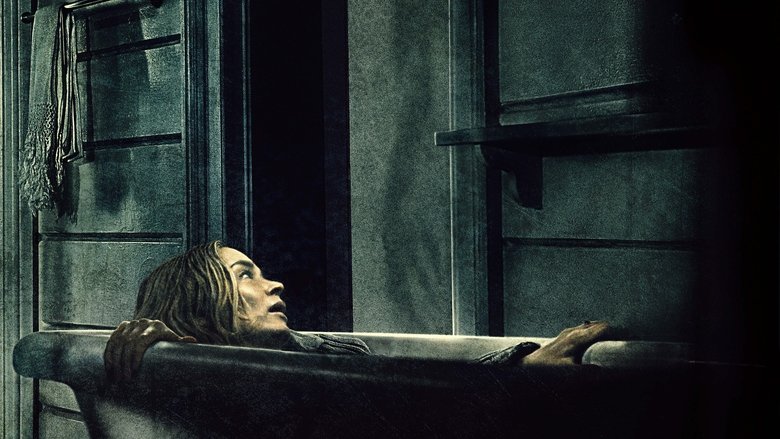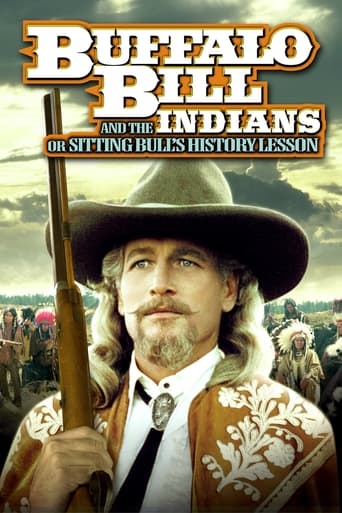

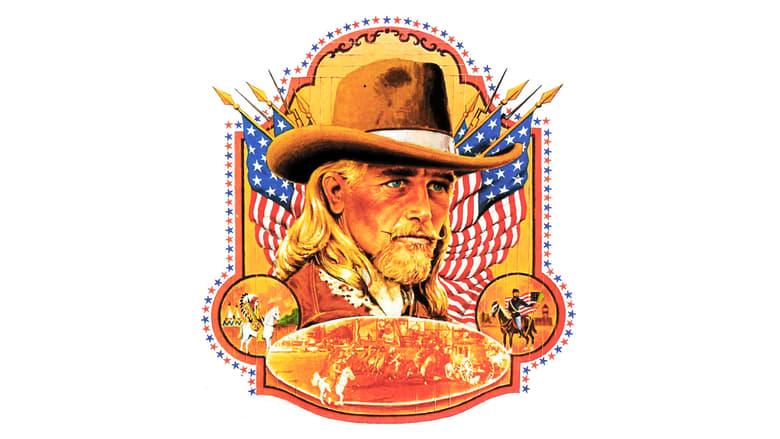
Buffalo Bill and the Indians, or Sitting Bull's History Lesson
June. 24,1976Buffalo Bill plans to put on his own Wild West sideshow, and Chief Sitting Bull has agreed to appear in it. However, Sitting Bull has his own hidden agenda, involving the President and General Custer.


Similar titles
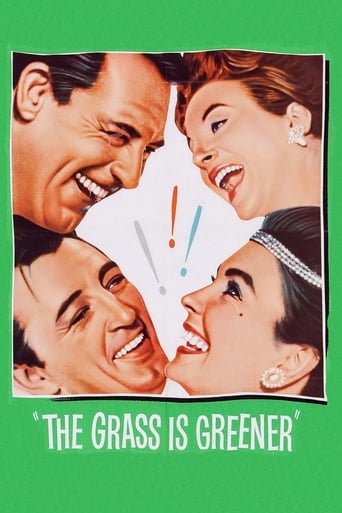
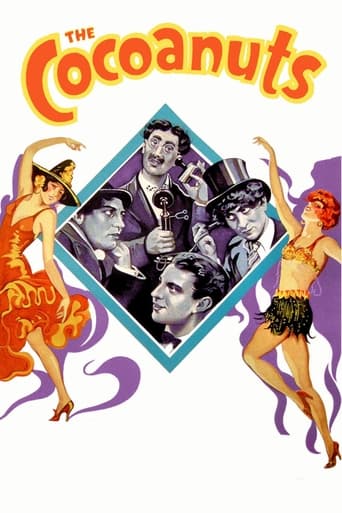
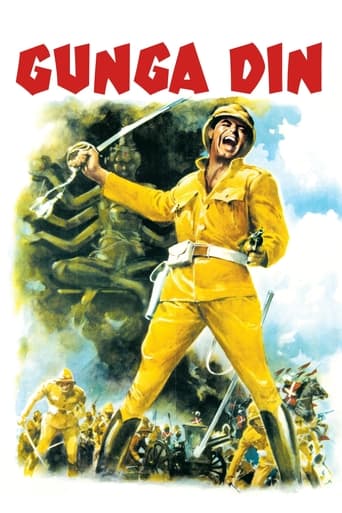
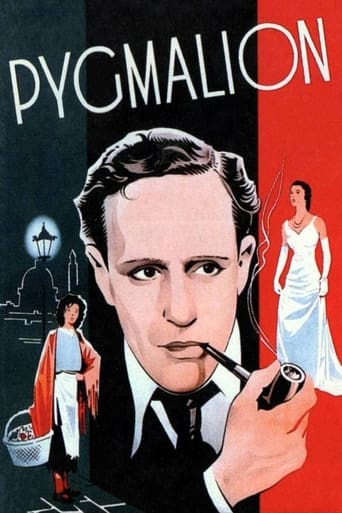
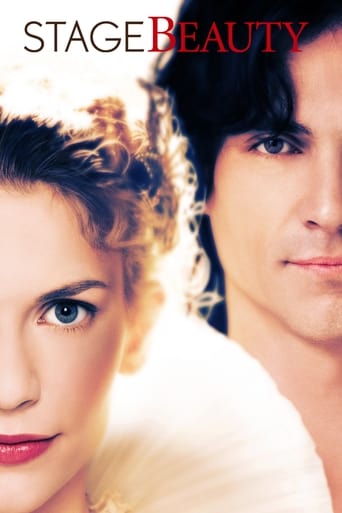

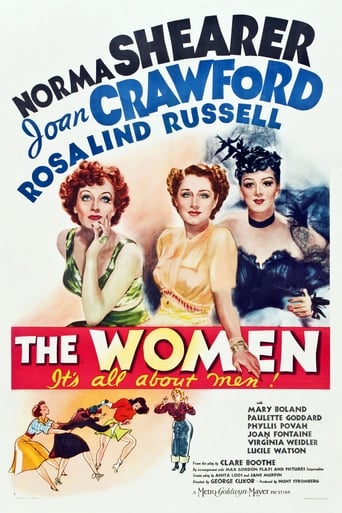

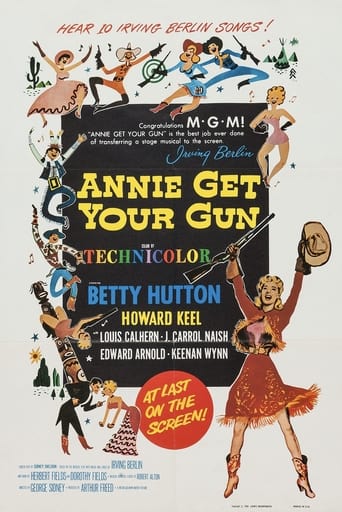
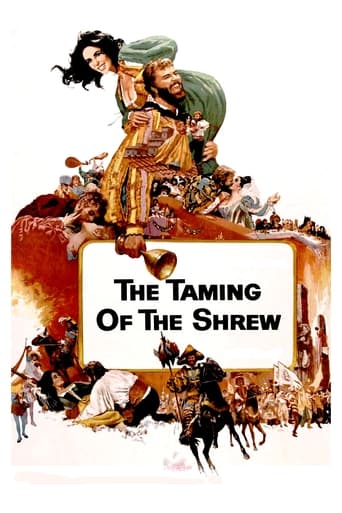
Reviews
Released in 1976 and directed by Robert Altman, "Buffalo Bill and the Indians, or Sitting Bull's History Lesson" stars Paul Newman as Buffalo Bill Cody, the star of his famous "Wild West Show" in the shadow of the Rockies in 1885. After Chief Sitting Bull of Little Big Horn fame (Frank Kaquitts) arrives with his Number One (Will Sampson), Cody is irked that the chief isn't a slaughtering savage, but is silently heroic and honorable. Cody fires him, but relents when star attraction Annie Oakley (Geraldine Chaplin) sympathizes with Sitting Bull. Then President Grover Cleveland (Pat McCormick ) visits with his entourage.This is revisionist Western, a "message movie" that Altman uses to criticize popular ideas or myths about the Old West. The titular hero is merely a showbiz creation who can no longer differentiate the truth from his made-up image. He's a blustering fool who asserts to be one with the Wild West, but lives in extravagance, play-acting in his Western circus. His hair is fake, he can no longer shoot straight or track a Native; and all his theatrical duels with owlhoots and Indians are fixed in his favor.The theme is interesting and the ensemble cast is great (which also includes Burt Lancaster, Kevin McCarthy, Harvey Keitel, John Considine, Noelle Rogers, Shelley Duvall and Denver Pyle, amongst other notables). It should've worked, but it didn't. It's somewhat akin to "Little Big Man" (1970) but less of a comedy and nowhere near as entertaining (not that I'm a big fan of that movie or anything, but at least it has its entertaining moments). While the Wild West circus elicits some entertaining moments (e.g. rodeo stunts) they can't save the flick from being an arty, pretentious, tiresome bomb. Moreover, the principle Native Americans are ironically so one-dimensional and wooden I thought maybe Altman was making a snide aside about "wooden Indians."Lastly, the ideology is blatantly one-sided against the New Americans, depicting Not-as-New Americans as super-noble while conveniently ignoring their documented dark side, e.g. the heinous torture tactics most tribes inflicted on their captive enemies, including other tribes-people, so as to hinder their condition in the afterlife (the "happy hunting grounds" or whatever). For instance, they'd gouge out enemies' eyes or mutilate their genitals so they (supposedly) wouldn't be able to see or copulate in the after-world. Yup, that's just so virtuous (sarcasm). Actually, I could handle this lopsided perspective if the movie itself were entertaining, but that's hardly the case. The film runs 123 minutes and was shot in Alberta, Canada, mostly at Stoney Indian Reserve.GRADE: D
A good many movies are misjudged at the time of their release--sometimes overpraised, such as DeMille's elephantine The Greatest Show On Earth, and sometimes undervalued or not valued at all, such as this oddball revisionist Western. Director Altman had just finished Nashville, and folks expected another blockbuster that wove a wide tapestry of the modern world; Paul Newman was churning out rather bloodless blockbusters like The Towering Inferno, and nobody expected a commitment to a wild west character who lives a dark lie. Many reviews of this film are appropriately appreciative of its quirks, not expecting a traditional western, but accustomed to the oddities of Altman's usual style. This film is jammed with wonderful character portrayals, and not only gives a willing viewer a fascinating look at what traveling vaudeville was like in the old West, but tosses out some food for thought. Though towards the end it betrays its theatre origins with some talky excess, I found Buffalo Bill colorful, entertaining and unusually satisfying
A film that divides critics equally, Robert Altman's 1976 offering is a clunky movie that fails to sparkle and delivers far less than it should. Flowing haired Paul Newman plays the titular hero, and the premise centres around his Wild West sideshow and his attempts to lure the legend that is white-American nemesis Sitting Bull into the show ring. Meanwhile, the great red Indian chief secretly has his own agenda, and the stand off comes in Newman sacrificing historical fact for blatant commercialism whilst Sitting Bull wants his opportunity to put the record straight on behalf of him and his people. Altman went on record and denied any deliberate political allegory, but there is certainly plenty of evidence to suggest otherwise. The main problem with the movie for me is that a Wild West sideshow with the chief protagonists turned into circus acts just doesn't work. And whilst Gerladine Chaplin is highly watchable as Annie Oakley, with her breathtaking shooting skills ready to go wrong at any minute, there is little to engage the viewer here and it doesn't rise above the mediocre. Newman delivers his lines admirably, and, for such a consummate professional is not inconvenienced by the fact that the movie misfires, but it's too slow in places. He was very similar in WUSA, where he was perfectly able to display his skills with ease whilst all around him was uninspiring, but there are a few too many movies like that in the Newman cannon. This is probably for strict Newman or Altman fans only (unless you really want to spot a youthful looking Harvey Keitel) but you won't be rushing to see this one again and again.
For a student of history like myself, I believe it was no accident that Altman made this movie in 1976, on the Stoney Reservation in Alberta, Canada. We look back and remember what happened 100 years earlier in 1876, the annihilation of Custer and his 7th Cavalry at the Little Big Horn by the Sioux under Sitting Bull, Crazy Horse and other prominent Indian leaders, in defense of their homeland and families. The movie hits at the establishment of the time, Sitting Bull has dreamed of meeting Pres Cleveland to make a request on behalf of his people, but he was snubbed by the great white chief, who would not say one word without referring to his aides. The amicable relations between Annie Oakley and Bull were well known, and when he was killed at the Standing Rock agency, she cried for him and his people. Crazy Horse had died in similar circumstances trying to escape. Big Foot and his small band in 1890 at Wounded Knee completed the tragedy of those times and attitudes. It is only very recently, the name of the Custer Battlefield has been changed to the Little Big Horn battlefield. So Altman's movie in 1976 was ahead of its time, both funny and intelligent in its truths. William Cody the scout had himself killed hundreds of buffalo, and he knew a big ticket attraction to his show when he saw one, the remainder of the title "or Sitting Bull's History lesson" is also very meaningful. Sitting Bull's dreams told him what was to come, the end to a way of life on the plains. On the other hand, as several reviewers have noted, the look of fear in Cody's eyes in the closing sequence says it all. And Altman got them all together for their roles, Paul Newman, Burt Lancaster, Harvey Keitel, Kevin McCarthy, Geraldine Chapman, Will Sampson, Joel Grey. Not your average Western, but more subtly entertaining than most. Comment from Malcolm in Toronto, 26th August 2007
